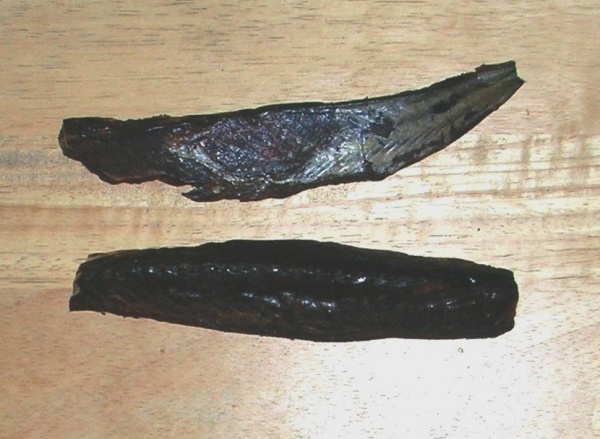Facts About Maldive fish
Maldive fish, a type of cured tuna, serves as a staple in the culinary traditions of the Maldives, Sri Lanka, and southern Indian regions such as Lakshadweep, Kerala, and Tamil Nadu. Historically, it was a significant export from the Maldives to Sri Lanka, facilitated by the abundant fish harvests of the Indian Ocean.
The fish undergoes an intricate processing method: it is gutted, skinned, and cut into pieces, then boiled, smoked, and sun-dried. This drying process allows the fish to be stored without refrigeration, a feature that was crucial in earlier times. Maldive fish is featured in a variety of dishes, including curries, mas huni, gulha, and bōkiba.
In Sri Lanka, Maldive fish is a key ingredient in vegetable curries, coconut sambol, and more. It functions as a thickening agent, flavor enhancer, and protein source. Even in small quantities, it imparts a unique character to food, similar to the role of shrimp pastes and fish sauces in Southeast Asian cuisine. Nowadays, powdered tuna is conveniently packaged in small plastic packets and used in dishes like Sini Sambal, making it easy to integrate this traditional flavor into contemporary cooking.
